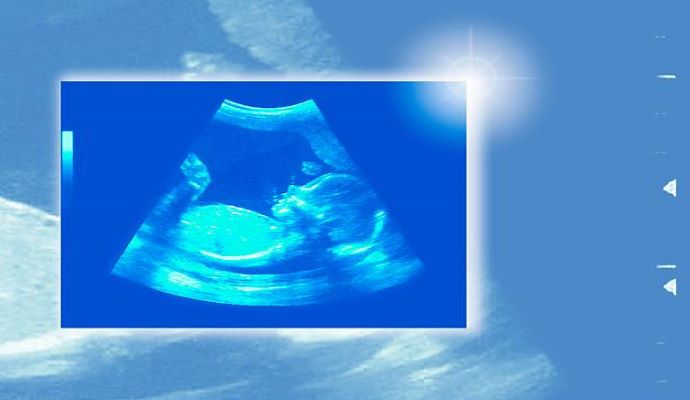Comparing Buprenorphine and Methadone for OUD During Pregnancy
In a study published in the New England Journal of Medicine, researchers compared buprenorphine and methadone for OUD during pregnancy, finding that buprenorphine was associated with a lower risk of adverse neonatal events.

Source: Getty Images
- Data from the CDC suggests that 75% of overdoses in the United States involve opioids. It is abundantly clear to healthcare professionals that the rates of opioid use disorder (OUD) are rising — driven partially by the pharmaceutical industry. Considering the rising rates, clinicians and healthcare industry members are looking for ways to effectively and safely treat OUD. Methadone and buprenorphine alleviate opioid cravings and withdrawal symptoms while in treatment. In a recent New England Journal of Medicine study, researchers compared the two medications and their impacts on pregnancy.
According to an article published by the American Society of Addiction Medicine (ASAM), opioid use during pregnancy correlates with an increased risk of congenital disabilities. Additionally, chronic opioid use can reduce a patient’s likelihood of seeking prenatal care, putting the fetus at risk.
The New England Journal of Medicine states that opioid agonist therapy, such as methadone or buprenorphine, is the recommended treatment for treating pregnant individuals with OUD. The study looked at pregnant individuals who received either therapy between 2000 and 2018. Medication exposure was divided into three phases: early pregnancy (up to 19 weeks), late pregnancy (20 weeks and beyond), and 30 days before delivery.
The researchers found that those exposed to methadone in late pregnancy were 17.2% more likely to give birth to babies with neonatal abstinence syndrome than those treated with buprenorphine, at 69.2% and 52%, respectively. Additionally, preterm birth was more likely for patients treated with methadone in early pregnancy (24.9%) than those treated with buprenorphine (14.4%).
Additional risks included an increased likelihood of small size and low birth weight in those whose parent was treated with methadone compared to buprenorphine.
Based on these results, researchers in the publication concluded, “Any opioid agonist therapy is recommended over untreated opioid use disorder during pregnancy because untreated persons have a greater incidence of adverse outcomes owing to withdrawal, return to opioid use, overdose, intravenous drug use, and inadequacy of prenatal care. Results of our study using a large, national database of Medicaid beneficiaries showed that buprenorphine treatment for opioid use disorder during pregnancy was associated with more favorable neonatal outcomes than methadone treatment.”
